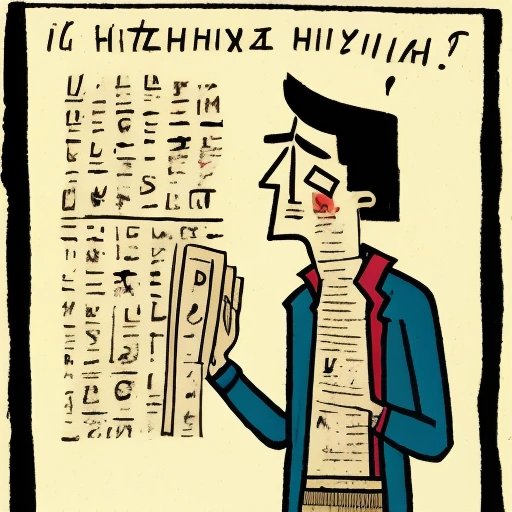Linguists around the world are scratching their heads in confusion after a recent announcement that Egyptian hieroglyphs will replace English letters. The decision comes after years of research and experimentation by a team of experts who believe that pictures are more effective at conveying meaning than traditional letters and numbers.
The chairman of the team, Professor Horace Banner, explained the decision in a recent interview. "We believe that hieroglyphs offer a more intuitive and expressive way of communicating than the English alphabet. Pictures are more readily understood and more likely to be remembered than letters and words. We are confident that this will revolutionize the way we communicate and revolutionize the world of literature."
Many linguists are skeptical of the idea, however, and fear that the change will spell the end of English literature as we know it. "What about Shakespeare?" asks Dr. Susan Barnes, a leading expert in linguistic studies. "How will his sonnets be rendered in pictures of birds and snakes? This change will be a catastrophe for literature and will put an end to the written word as we know it."
Despite the concerns, the team is pressing ahead with their plans, and are already working on a new hieroglyphic version of the English language. This new version will comprise over 5,000 distinct symbols, each representing a different concept, object, or action.
The team has also released a prototype of the new language, which includes a set of basic hieroglyphs for everyday use. These hieroglyphs include symbols for "man", "woman", "house", and "tree", as well as more intricate symbols for emotions, abstract concepts, and complex ideas.
Critics of the new language have argued that it is too complicated and difficult to learn, and that it will require a completely new education system to teach children how to read and write. Supporters of the new language, however, argue that it will open up new possibilities for creativity and expression, and will allow people to communicate with each other more effectively than ever before.
Only time will tell whether the hieroglyphic English language is a success or a failure, but one thing is certain: the world of literature will never be the same again.
